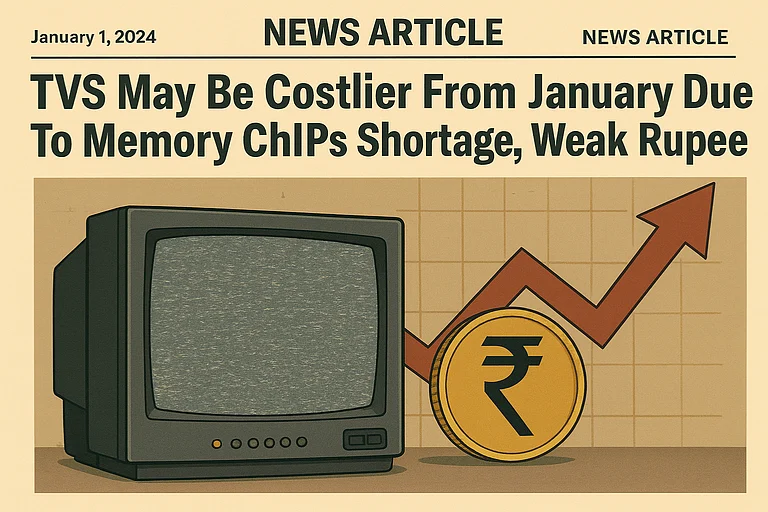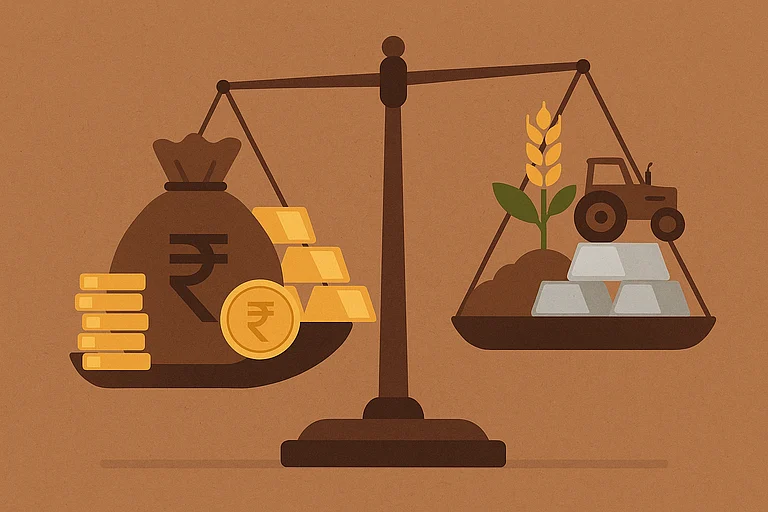Department of Economic Affairs released the Economic Survey 2023-24 today that lauded the capital market's impressive performance and its role in capital formation but cautioned about India's high market capitalisation to GDP ratio. It is essential to "strike a note of caution" on India's market capitalisation-to-GDP ratio, the report said. Market capitalisation-to-GDP ratio, also called the Buffett Indicator is a metric used to measure whether a market is underpriced or overpriced.
Red flagging the soaring market cap-to-GDP ratio, the Economic Survey report said, "Financial assets are claims on real goods and services. If equity market claims on the real economy are excessively high, it is a harbinger of market instability rather than market resilience."
"Significant interest from domestic and global investors in the Indian stock market as an attractive investment destination and sustained IPO activity placed the Indian market fifth in the world by market capitalisation in FY24. India’s market capitalisation to GDP ratio has improved significantly over the last five years to 124 per cent in FY24, compared to 77 per cent in FY19, far higher than that of other emerging market economies like China and Brazil. It is essential to strike a note of caution," the report said. It is only the US and Japan that has a higher market capitalisation to GDP ratio than India.
However, it acknowledged that primary markets facilitated capital formation of Rs 10.9 lakh crore compared to Rs 9.3 lakh crore in FY23 and 78 per cent of this amount was raised through debt issuances.
India's Capital Market Performance
While India's Nifty 50 index grew 26.8 per cent in FY24 in line with global resurgence, only the US surpassed it, and Brazil and Japan clocked the same growth as India. Retail participation in Indian capital markets tripled from March 2020 to March 2024, with the registered investor base crossing 9.2 crores, with 20 per cent of Indian households channelling their savings to capital markets. The market capitalisation of the Indian stock market has surged, making it the fifth largest in the world in terms of market capitalization to GDP ratio albeit with its risks.
The survey report hailed seamless technological integration, government initiatives for financial inclusion, digital infrastructure growth, and increased smartphone usage as factors in this success. Additionally, low-cost brokerages and investor shifts to alternative income sources also influenced this success.
The survey also lauded retail investors who cashed in their gains in financial markets and ventured into real assets. "The number of unique tax IDs registered on the NSE rose from 2.7 crore in FY19 to 9.2 crore in FY24. The enhanced participation of retail investors in the Indian capital market is hugely welcome and lends stability to the capital market," the report read.
Mutual funds saw "spectacular" growth, with assets under management (AuM) increasing by 35 per cent year over year by the end of FY24. All categories except debt-oriented schemes saw inflows. Additionally, the number of systematic investment plan (SIP) accounts doubled in the last three years.













